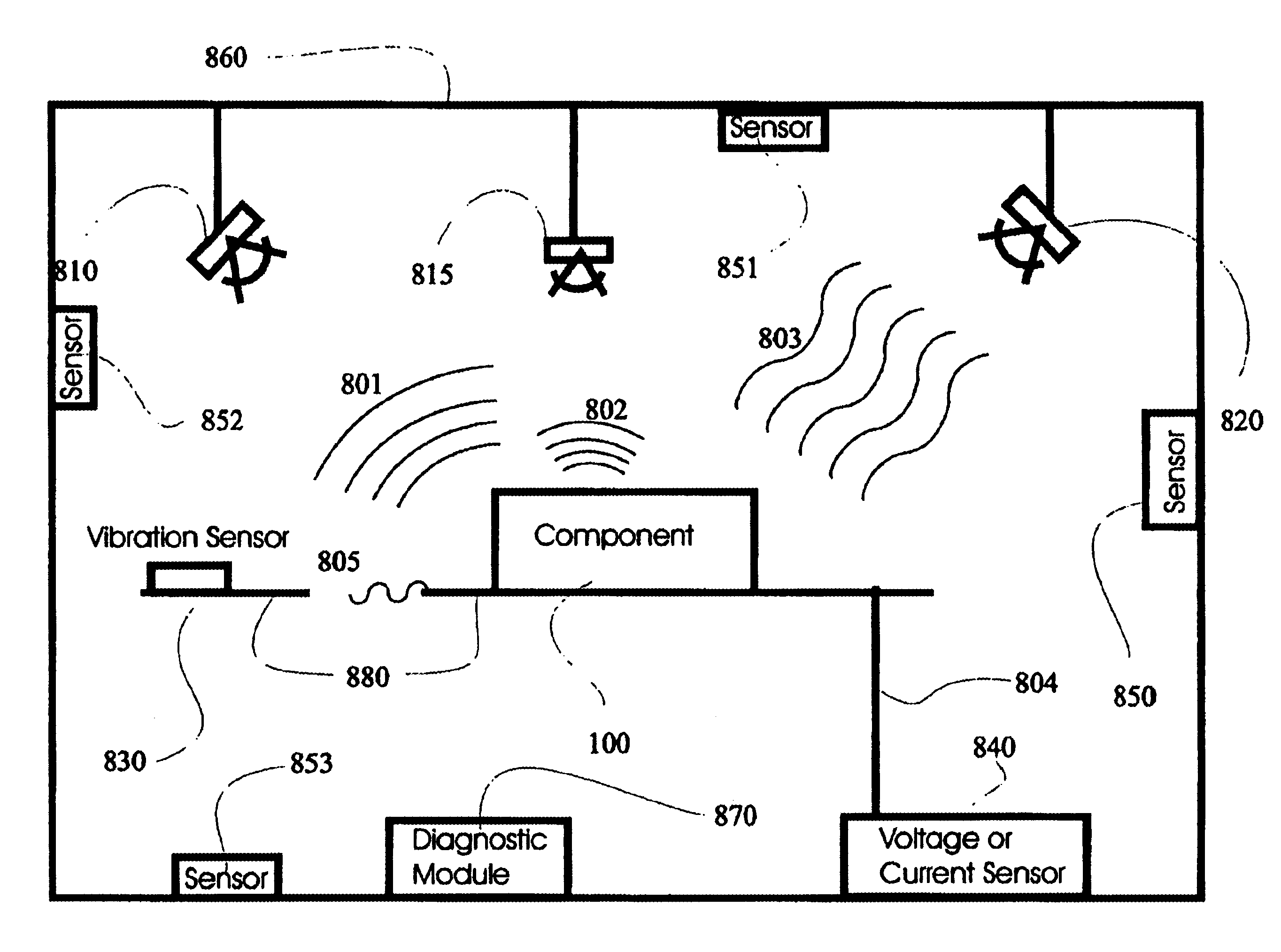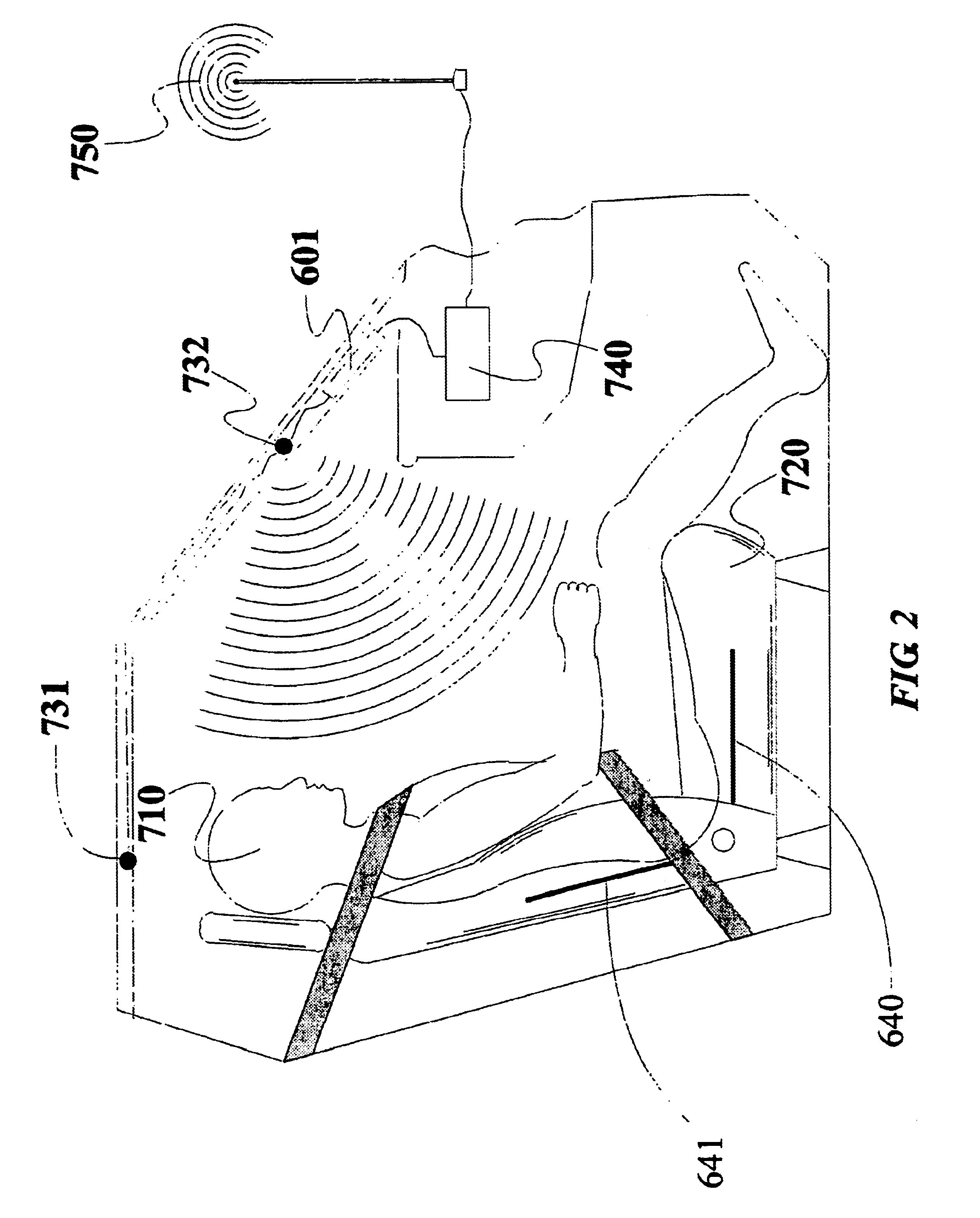Method and apparatus for controlling a vehicular component
a technology for occupant restraints and components, applied in the direction of child seats, pedestrian/occupant safety arrangements, instruments, etc., can solve the problems of irreparable damage to vehicles, vehicle drivers or users are often left stranded, and the system that provides remote monitoring does not provide automatic analysis and communication of problems or potential problems and recommendations to drivers, so as to reduce the cost of repairing or replacing components, the effect of increasing the value of existing sensors
- Summary
- Abstract
- Description
- Claims
- Application Information
AI Technical Summary
Benefits of technology
Problems solved by technology
Method used
Image
Examples
first embodiment
Referring to the accompanying drawings wherein the same reference numerals refer to the same or similar elements, FIG. 1 is a side view, with parts cutaway and removed of a vehicle showing the passenger compartment containing a rear facing child seat 610 on a front passenger seat 620 and one mounting location for a vehicle interior monitoring system in accordance with the invention. The interior monitoring system is capable of detecting the presence of an object, determining the type of object, determining the location of the object, and / or determining another property or characteristic of the object. A property of the object could be the orientation of a child seat, the velocity of an adult and the like. For example, the vehicle interior monitoring system can determine that an object is present on the seat, that the object is a child seat and that the child seat is rear-facing. The vehicle interior monitoring system could also determine that the object is an adult, that he is drunk...
second embodiment
a valve cap 10′ in accordance with the invention is shown in FIG. 13B and comprises a SAW strain sensing device 15 that is mounted onto a flexible membrane 13 attached to the body 9′ of the valve cap 10′ and in a position in which it is exposed to the air in the chamber 12′. When the pressure changes in chamber 12′, the deflection of the membrane 13 changes thereby changing the stress in the SAW device 15.
Strain sensor 15 is thus a differential pressure-measuring device. It functions based on the principle that changes in the flexure of the membrane 13 can be correlated to changes in pressure in the chamber 12′ and thus, if an initial pressure and flexure are known, the change in pressure can be determined from the change in flexure.
FIGS. 13A and 13B therefore illustrate two different methods of using a SAW sensor in a valve cap for monitoring the pressure inside a tire. The precise manner in which the SAW sensors 11,15 operate is discussed fully below but briefly, each sensor 11,15...
PUM
 Login to View More
Login to View More Abstract
Description
Claims
Application Information
 Login to View More
Login to View More - R&D
- Intellectual Property
- Life Sciences
- Materials
- Tech Scout
- Unparalleled Data Quality
- Higher Quality Content
- 60% Fewer Hallucinations
Browse by: Latest US Patents, China's latest patents, Technical Efficacy Thesaurus, Application Domain, Technology Topic, Popular Technical Reports.
© 2025 PatSnap. All rights reserved.Legal|Privacy policy|Modern Slavery Act Transparency Statement|Sitemap|About US| Contact US: help@patsnap.com



